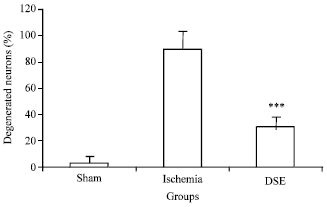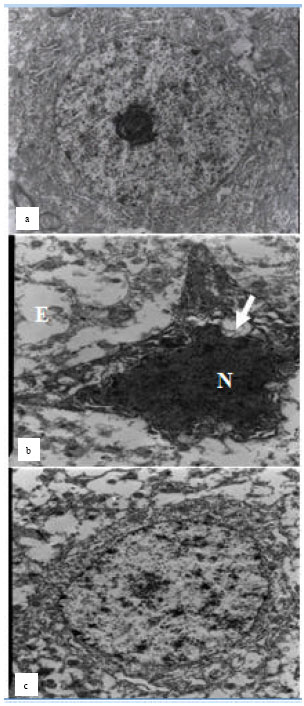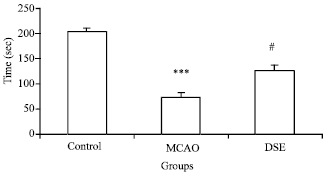Research Article
Cerebroprotective Effect of Date Seed Extract (Phoenix dactylifera) on Focal Cerebral Ischemia in Male Rats
Faculty of Midwifery and Nursing, Islamic Azad University, Branch of Kerman, Kerman, Iran
M. Asadi-Shekaari
Neuroscience Research Center, Kerman Medical University, Kerman, Iran
M. Basiri
Neuroscience Research Center, Kerman Medical University, Kerman, Iran
A. Gholaamhosseinian Najar
Department of Biochemistry, Afzali Pour Medical Faculty, Kerman Medical University, Kerman, Iran












